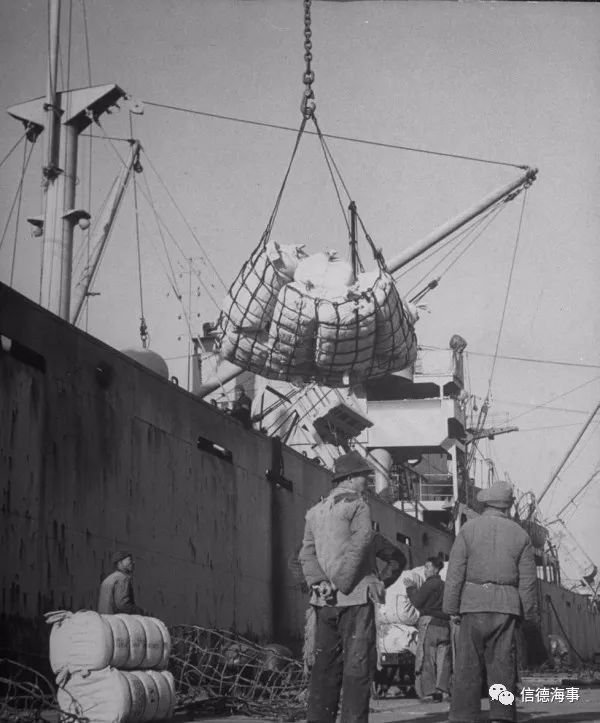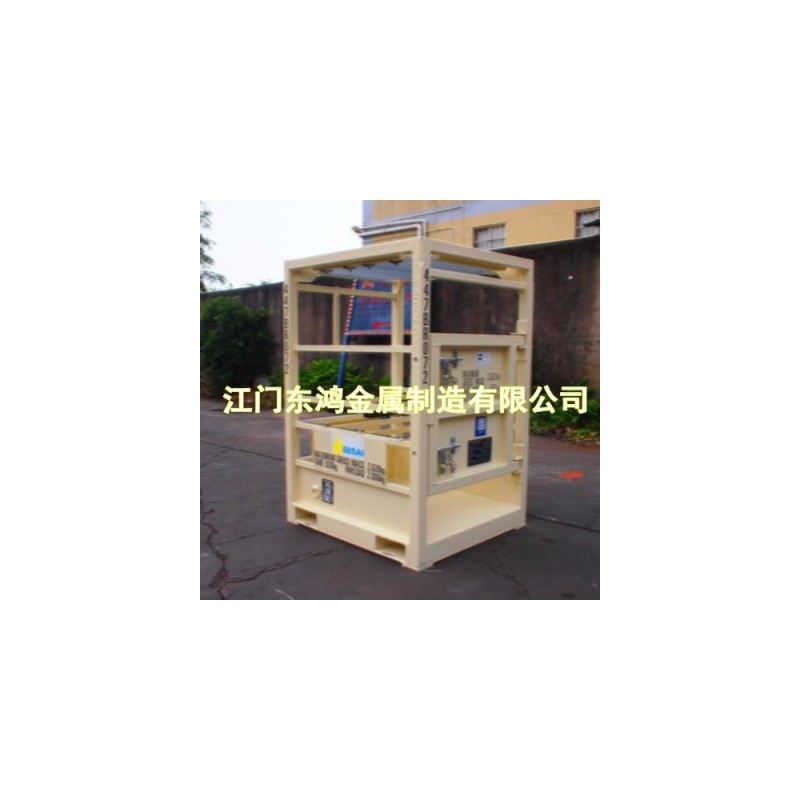
CASE
Past and present of containers, container ships and container terminals
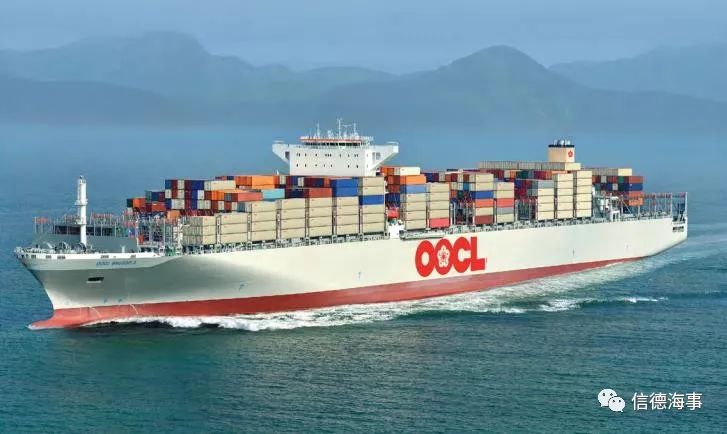
In Qingdao Qianwan Port Area Phase IV Container Terminal, Xiamen Haishu Port Area Yuanhai Fully Automated Container Terminal and the trial operation of Shanghai Yangshan Port Phase IV Container Terminal, you see that unlike traditional container terminals: large container ships rely on After the mooring, large bridge cranes, container transport vehicles, track cranes, etc. all arrived at the designated location; after the computer issued the instructions, the bridge crane began to automatically “catch” the container from the ship, and then placed the “caught” container under the bridge. On the container truck that is automatically waiting, the transport vehicle "squats" the container and automatically drives to the yard. The track crane on the yard automatically lifts it from the transport vehicle to a designated location or train. This is the process of unloading the container from the ship. If it is loaded on board, the procedure is reversed. The bridge crane kept "grabbing" and "putting" the container, and a transport vehicle without a cab was moving around, and the rails were unloading and unloading containers... It is difficult to imagine that these devices are unmanned. This is a change of just over 60 years. This is the epitome of modern container terminals. Do you know the past and present of containers, container ships and container terminals?
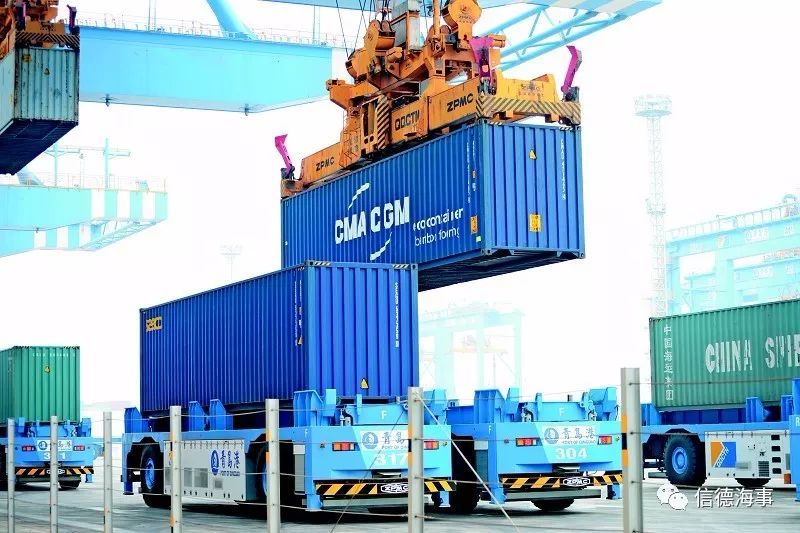
Qingdao Port Container Automation Terminal
First, the emergence of container transportation
From carriage transport to early onshore roads and rail transport, the goods are loaded into the car by hand or by machine. After arriving at the destination, they are unloaded one by one. If you need to transfer to other destinations, you have to go through one or more such loading and unloading. It is obviously laborious and time-consuming, and it is easy to cause damage and goods. Later, on-land road transport took the lead in transporting small single-piece cargo of the same destination together in boxes. As a result, it was found that not only the transportation efficiency was improved, but also the cargo damage and the cargo gap were reduced, so the transportation mode was extended to the railway. In 1814, the British railway carriages were open, with square wood as the frame, wooden strips as the siding, and no cover on the top. In 1830, a coal-filled container first appeared on the British Railways, followed by the use of containers on the railway to ship groceries. In 1845, a fully enclosed freight train began to appear on the British railways, and the cabinet was made of iron and wood.
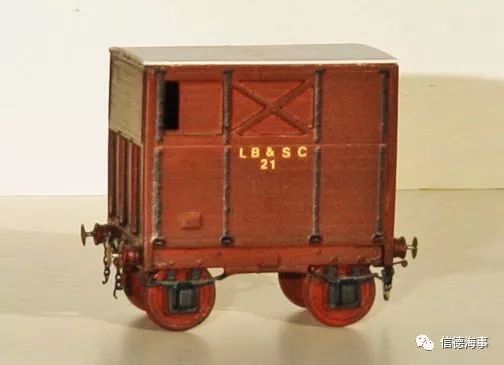
Freight cars appearing on British railways around 1850
In the second half of the 19th century, a railway tray with a moving frame appeared in Lancashire, England, for transporting cotton and cotton, commonly known as the Lancashire Flat, which could be considered the prototype of a container. At the beginning of the 20th century, the British railway transport first appeared a relatively simple container, trying to put the furniture in a wooden box, transported by rail flatbed, and then transferred the box to the road transport vehicle by the crane, and then continued The goods are shipped to their destination. This new type of transportation has been promoted. Around 1920, the New York Central Railway Company and the Pennsylvania Railroad Company introduced a 9-foot steel container. Each section of the railway wagon can hold 6 containers, each with a load capacity of 5 tons. With these containers, the efficiency of the railway is greatly improved and the cost is greatly reduced when the goods are transported along the way. Later, this method was passed to Germany and France. In 1928, at the World Road Conference in Rome, Italy, the issue of the use of containers in international transportation was discussed. Two years later, Bureau International Des Containers (BIC), an international organization for container transport, was established in Paris, France, to study the standardization of containers in order to coordinate container transport between countries. In order to further improve the efficiency of railway container transportation, the European Union's International Union of Railway (UIC) established the standard for railway containers in 1933 and used uniform containers for rail transportation in Europe. In the next ten years, due to the rapid development of highways and railways, the coordination of the two sides of the roads and railways makes the superiority of container transportation not well reflected, and the container transportation has been stagnant. Until 1955, the American Railway Company loaded containers together with trailers on the flatbed trucks of the railway, which combined the low-cost and high-speed advantages of the railway with the “door-to-door” characteristics of the roads, so the economic significance of container transportation was re-established. appear.

How to transport containers together with trailers
Second, the early ship cargo transportation and the emergence of container ships
The early goods were first loaded into sacks and wooden boxes. The dock workers put a bag or a box of goods into the cabin by shoulders or backs, and finished loading the goods or unloading the ship; When it is impossible to complete the loading and unloading of goods by the strength of one person, several people will pick them up and put the goods on board or unload the ship.
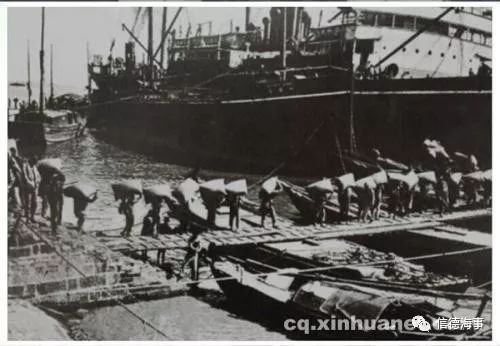
Dock worker shoulders cargo on board
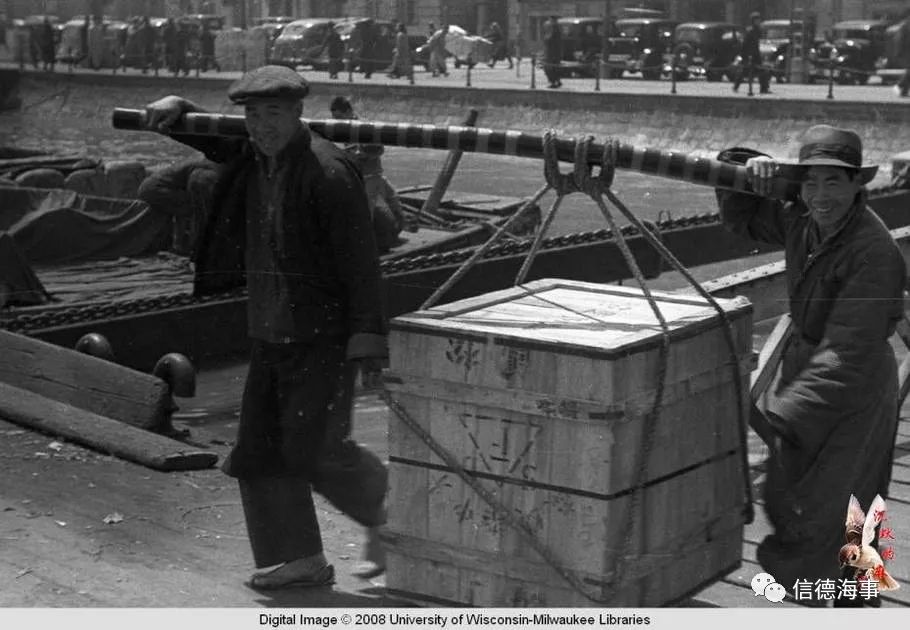
Dock workers carry goods together on board or disembark
After the industrial revolution of the eighteenth century, in order to improve the loading and unloading efficiency of cargo, small cranes were installed on the docks and ships on the shore. The dock workers only need to move the goods into the large net bag and then use the crane on the pier (or ship) to hoist. In the cabin, the dock workers in the cabin move them out of the net bag to complete the loading of the goods. After the goods arrive at the destination port, the ship is unloaded by the opposite procedure, but the goods are prone to breakage and shortage, and loading and unloading The process is also susceptible to weather such as rain and snow, with long loading and unloading time and high transportation costs, which affects the development of shipping.
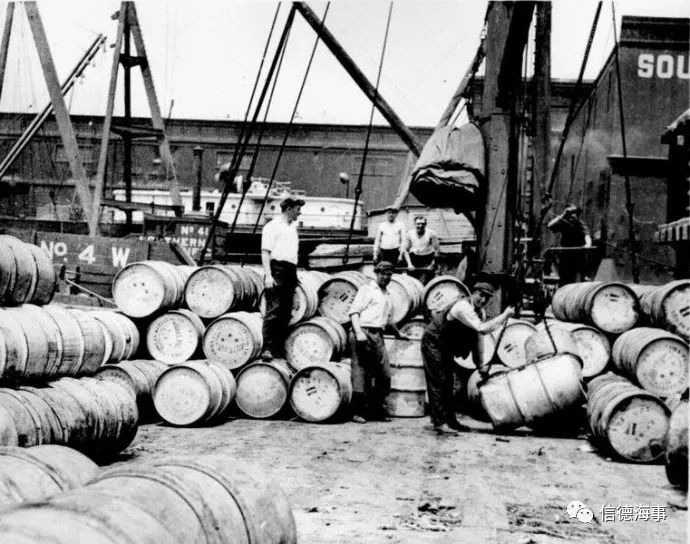
Loading and unloading barreled petroleum or petroleum products with cranes
